|
11/24/2019 0 Comments Hawaiian Flyer George W. S. Lee
Greenville Flyers came to Mississippi from across the country. Some came from as far as across the Atlantic, as was the case for RAF Flight Officers serving as instructors. For Americans serving in the war, Hawaii was the furthest and most isolated location from Greenville. That didn't prevent George W. S. Lee from finding his way to Greenville, MS, on his road to wings.
George Wah Sun Lee, a native of Honolulu, HI, and of Chinese descent, moved to Dayton, OH, in 1937 to attend the University of Dayton to study mechanical engineering. He graduated in 1941 with honors and had been a member of the Pershing Rifles. After graduation and prior to acceptance into the Army Air Corps, he spent time working at the Moore Flying Service in Vandalia, OH. Following acceptance into the Aviation Cadet program, Lee completed Primary Flying Training and was sent to Greenville Army Flying School. Below, Lee is shown climbing into a BT-13A (s/n 41-10413) at Greenville.
Following completion of Basic Flying Training at Greenville, Lee attended Advanced Single-Engine Flying Training at Craig Field, Selma, AL. He graduated with his wings on 6 Sep 1942.
A short time later, Lee found himself in the China-Burma-India (CBI) Theater flying the venerable Curtiss P-40. Over the course of 62 missions in the CBI, Lee downed three Japanese aircraft and was awarded the Silver Star, the Distinguished Flying Cross, the Air Medal, and the Purple Heart. The Silver Star was awarded for downing two Zeros in one day. Although he scored two kills that day, it was not without sacrifice. The engagement left him with a bullet in the leg and his P-40 was hit in the engine, forcing him to bail out. In Lee's own words regarding that encounter (as recounted in the 12 Aug 1944 edition of the Honolulu Star-Bulletin): "I couldn't get any speed out of my plane, and they (the Zeros) riddled my tail assembly, got a few more 50 calibers into my engine, and put a slug into my leg. I wasn't going to let them shoot me down like a sitting duck, so I turned, attacked them head on and sent another son of heaven to his glory." Lee was forced to bail out of his stricken plane. His story continued: "Some Chinese farmers saw me come down and came over to help me. It wasn't until one of them pointed to the blood on my clothes that I realized I had been hit. With their help, I picked out the slug that was still in my leg. Also with their aid I made it back to my base in 11 days and was soon fit to go after the Jap again." Following his service in the Pacific, Capt. Lee was assigned as the Assistant Flight Line Maintenance Officer at Richmond Army Air Base, Richmond, VA. At the time of this writing, his exact whereabouts and fate following this assignment are unknown. Some newspaper legal notices suggest he may have died in 1947, while other inconclusive genealogical sources suggest he may still be alive. If you have any information regarding Mr. George Wah Sun Lee, please share his story here.
0 Comments
10/22/2019 0 Comments A Thousand Flyers
A recent milestone was accomplished for this project. One thousand Greenville Flyers have been identified. Pilots from across the country and across the oceans. From California to Maine and Washington to Florida, the lower 48 are well represented. A Flyer from Hawaii represents the Pacific, while Flyers from England cover the Atlantic.
Although one thousand Flyers is the result of hundreds of hours of research, this group represents less than 10% of the Flyers that called Greenville "home" for some period of time. Considering students alone, 10,155 aviation cadets and student officers were enrolled in Basic Flying Training at Greenville from the first class of 19 Dec 1941 (Class 42-D) to 31 Dec 1944 (Class 45-C). Of those 10,155 who were enrolled, 8,788 students graduated Basic Flying Training at Greenville Army Flying School. Those who did not graduate were either eliminated from training or were killed in training accidents.
While Greenville is typically associated with "conventional" Basic Flying Training during WWII, lesser known is its participation in an evaluation of a twin-engine Basic Flying Training program in 1944. This form of Basic Flying Training moved students from Primary Flying Training directly to twin-engined aircraft in a Basic Flying Training format. This training did NOT replace twin-engine Advanced Flying Training. Students received the same amount of flying hours in the twin-engine trainers as their counterparts did in the single-engine basic trainers.
The most common twin-engine trainer at Greenville was the Cessna AT-17/UC-78. In addition, a number of Beechcraft AT-10 twin-engine aircraft were also flown at Greenville.
During 1944, 419 students were enrolled in the twin-engine Basic Flying Training program, with 385 graduated.
Above: Four WASP pilots in front of a Cessna UC-78 Bobcat aircraft at Greenville AAF, Greenville, Mississippi, United States, Aug 1944. Deanie Bishop on the wing with Joan C Hutton, Emily Porter, and Phyllis M Johnson.
Photo courtesy of World War II Database ww2db.com/image.php?image_id=24186
As shown in the image above, Greenville was also home to Women Airforce Service Pilots (WASPs). A total of 19 women have been identified as having been assigned to Greenville. Sources include the Texas Woman's University WASP collection, as well as the Greenville Army Air Field base histories acquired from the U.S. Air Force Historical Research Agency at Maxwell AFB, Montgomery, AL.
The final major group of Greenville Flyers is the instructors who trained the student pilots at Greenville. Currently, the total number of instructors who served at Greenville is unknown, but 99 have been identified thus far. The instructor cadre included Royal Air Force pilots from England, some having perished during training accidents at Greenville. Based on those figures, there were no less than 10,692 Greenville Flyers. The actual number is likely higher due to the currently unknown number of total instructors and other flying staff. Individuals can assist with identifying Greenville Flyers by submitting information through the Share A Story form.
Less than six months after training operations began at Greenville Army Flying School and with the war effort increasing, it was seemingly inevitable that training operations would claim the lives of those preparing to fight the war. The first to lose his life in pilot training at Greenville was Aviation Cadet Joseph Dixon Molloy.
Cadet Molloy was killed the morning of 21 May 1942 when he lost control of his BT-13 while returning from a cross country flight. His aircraft crashed one mile east of Boyle, MS. He perished on his 24th birthday and left behind his wife, Jeanne Alda (Curran) Molloy (later Jeanne Alda Fogler).
*Approximate location of crash site
Born 21 May 1918, in Ansonia, CT, Joseph was the second oldest of eight siblings born to David John Molloy and Catherine Cecilia (Lucas) Comerford. Three of Joseph's brothers also served in the military during WWII.
Youngest brother William enlisted in the Army in 1950 at the age of 16. He was discharged at the age of 17 after his actual age became known. After turning 18 years old, he reenlisted in the Army with intentions of joining the airborne infantry.
The 900th Greenville Flyer to be identified is Captain Jack Marsh Holmes. Capt Holmes was born 22 Sep 1915 to Clarence Henry Holmes and Julia Katherine (Marsh) Holnes in Nunda, New York. The youngest of three children, Jack answered the call of the 15th draft board of Southern Livingston County, New York, on 24 Jul 1941.
While the locations where Holmes attended Primary and Advanced Flying Training are unknown, he completed Basic Flying Training at Greenville Army Flying School in May 1942. Following completion of flying training, Holmes went on to fly the Consolidated B-24 Liberator. In Aug 1943, 1st Lt Holmes commanded his B-24, the "Tokyo Express", during the third assault of the Bombing of Wewak, New Guinea. During the mission, Staff Sgt Allen Hadley of Huntington, IN, shot down a twin engine Japanese fighter. This was the fifteenth enemy fighter aircraft shot down by the "Tokyo Express".
After accumulating 200 hours of operational flight time in the Pacific Theater, Capt Holmes was awarded the Distinguished Flying Cross for demonstrating "outstanding ability, courage, and devotion to duty." The award was presented by Lt Gen George C. Kenney, commander of the Allied Air Forces in the Southwest Pacific.
Captain Jack Marsh Holmes passed away on 26 Oct 2001 and is interred at the Oakwood Cemetery, Nunda, NY.
On 5 Aug 1942, a bus bound for Greenville, MS, stopped at a railroad crossing in Crystal Springs, MS, for a passing freight train. The crossing included two sets of tracks. While waiting for the freight train to pass, the bus driver crept ahead onto the open track. Due to the crowded load of passengers and associated noise they were making, the bus driver was unaware of an approaching special troop train.
When the driver noticed the approaching train, he attempted to clear the track. It was too late. The train impacted the right side of the bus sending it into the air and tearing off the roof of the bus in the process. Of the 52 passengers onboard, 15 were killed. An additional 3 passengers were in critical condition and described as "near death", but ultimately survived.
The above photo courtesy of the Mississippi Department of Archives & History, the Hamilton Collection.
Of the 15 deceased, 4 were Aviation Cadets bound for Greenville Army Flying School. The deceased cadets were;
Richard H. M. Shinebarger's wife, the former Wilma Betty Hutcheson, was also killed in the accident.
Howard E. Redding states in a Veteran's History Project video interview that he and his friend Steve were also on the bus that was hit. They both survived relatively uninjured and proceeded to Greenville. Interestingly, they are not listed in the referenced newspaper articles on the matter. This may be due to Redding's account of a store owner taking them in and cleaning them up, then getting on their way to Greenville. During basic flying training Redding recalls that Steve didn't pass a check ride, thus washed out of pilot training and went on to navigator training.
Morgan T. Smith (Yankton, SD) was roommates with Geddie Roy Smathers at Dorr Field. Rather than taking the bus to Greenville, Smith drove by automobile. A decision that allowed him to go on to complete 96 missions over the hump in the China-Burma-India Theater and serve SD communities for the rest of his life following the war.
www.yankton.net/obituaries/article_79a15456-078c-536a-853f-8261022814dd.html
On Sunday, 19 Jul 1942, Aviation Cadet Eugene R. Bowler became the second Greenville Flyer to join the Caterpillar Club after he successfully bailed out of his BT-13. Both Cadet Bowler and his BT-13 landed in the Mississippi River at Miller's Bend near Greenville. With the aid of a cushion from the aircraft, he swam three-quarters of a mile to the river bank.
The Caterpillar Club was formed by Leslie Leroy Irvin as a club to honor "those whose lives had been saved a parachute". Mr. Irvin made the world's first parachute descent using a parachute via a ripcord and went on to found the Irvin Air Chute Company in Buffalo, NY (present day Airborne Systems). Cadet Bowler went on to complete pilot training and earned his commission at Columbus Army Flying School, Columbus, MS. Following training, he became an instructor and spent time at McKellar Field, Jackson, TN. 8/19/2019 0 Comments Greenville Flyers
The Greenville Army Flying School at Greenville, MS, became an operational Air Corps training base in December 1941, shortly after the Japanese attack on Pearl Harbor. U.S. Army Air Forces operations continued through March 1945 when it was closed during the late war draw down. During this operational period, thousands of men and women made their way through Greenville to assist with the war effort.
The primary goal of this project is to identify as many of these men and women as possible who flew at Greenville during the war. At the time of writing this post, more than 830 men and women have been identified as having been a pilot assigned to Greenville Army Airfield (GAAF). Men were flying either as instructors or aviation cadets. Women were flying at Greenville performing work such as engineering test pilots or administrative flights. Pilots identified as having flown at Greenville will be listed on the "Greenville Flyers" page; greenvilleflyers.weebly.com/greenville-flyers.html In addition to providing publicly available information through this website, my intent is to compile a book with detailed information on a number of selected pilots. The book will focus on pilots of all duties who contributed to victory. Aviation Cadets who washed out of training. Pilots who became instructors and never left the states. Pilots who were killed in training. Pilots who went overseas and never experienced battle. Pilots who witnessed their friends perish in battle. Pilots who themselves perished in battle or otherwise. Their life prior to, during, and (if applicable) after war will be documented. In the meantime, this blog will be periodically updated with posts discussing either GAAF itself, or a particular pilot. Primary focus will be on the pilots since this project aims to document the lives and legacies of those Greenville Flyers. |
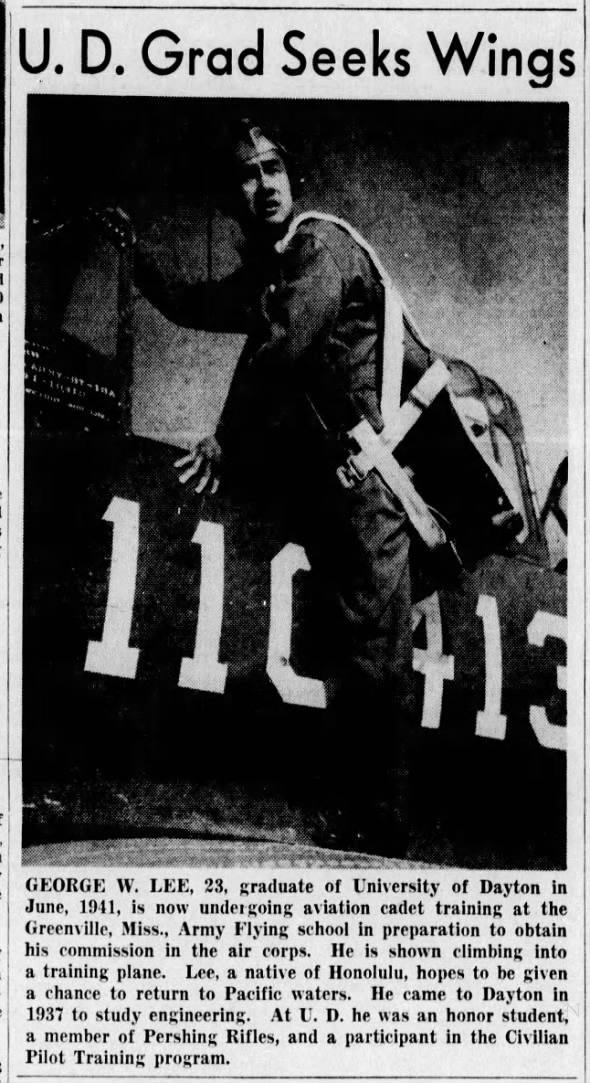

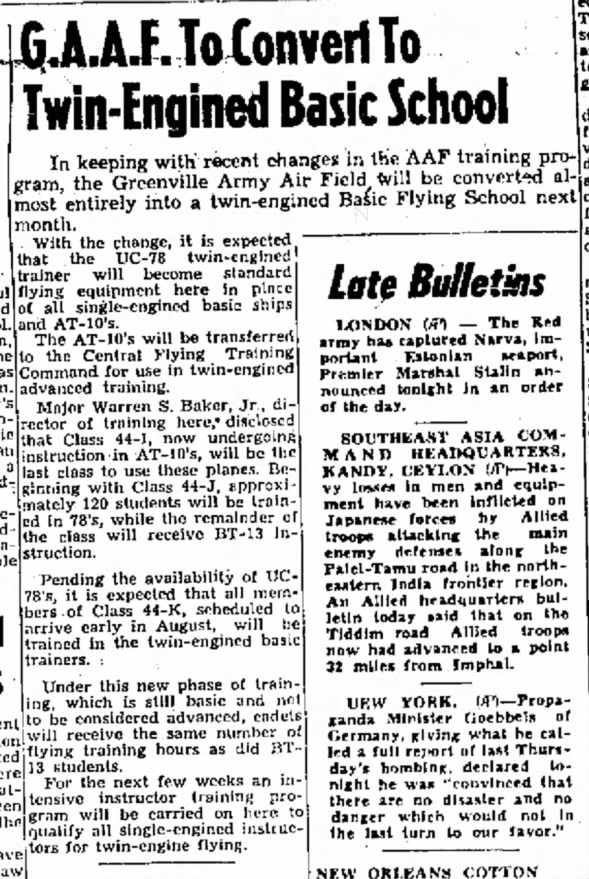

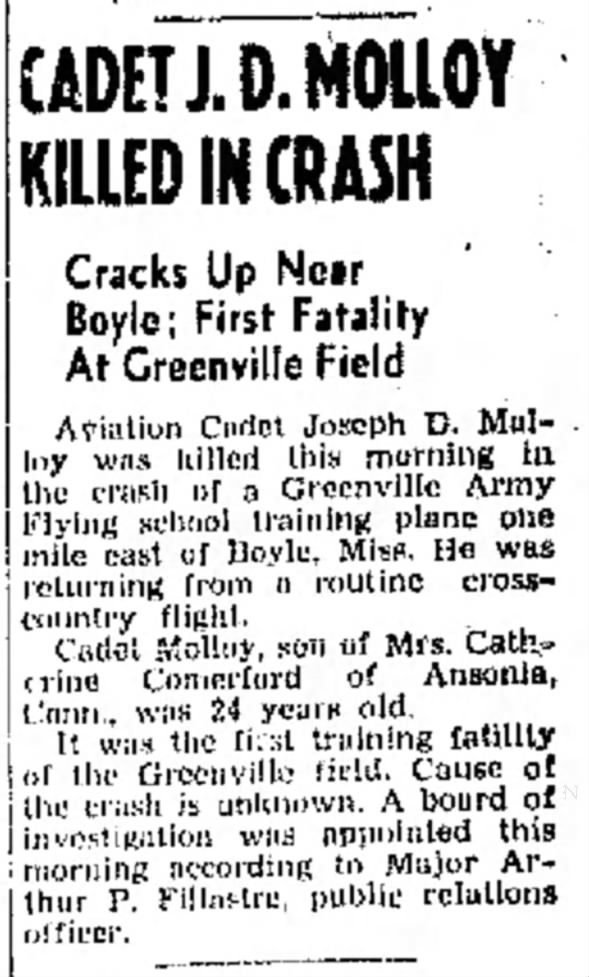
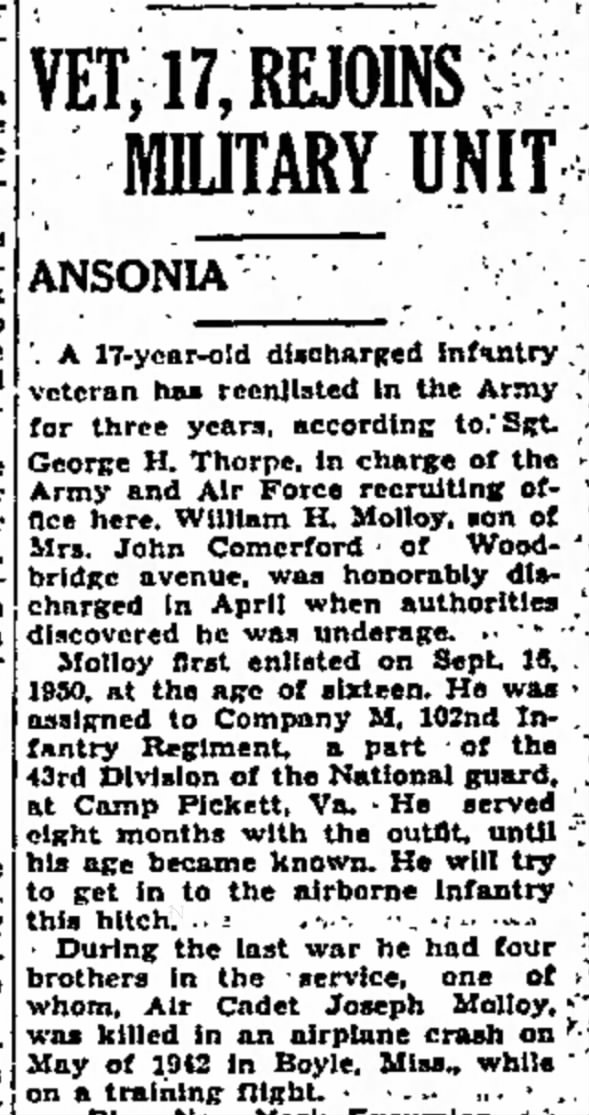
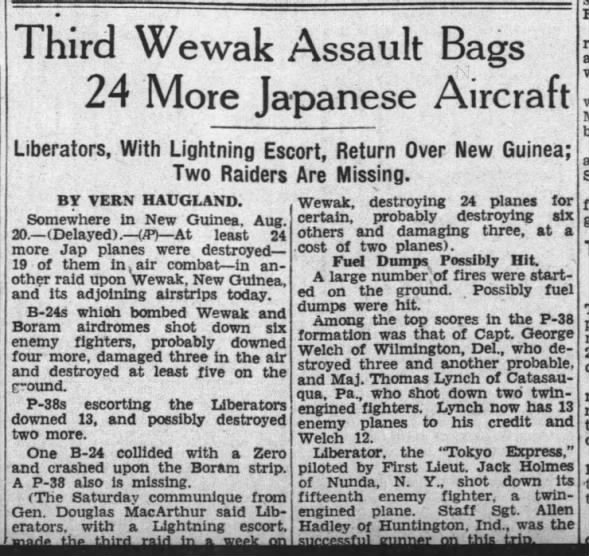
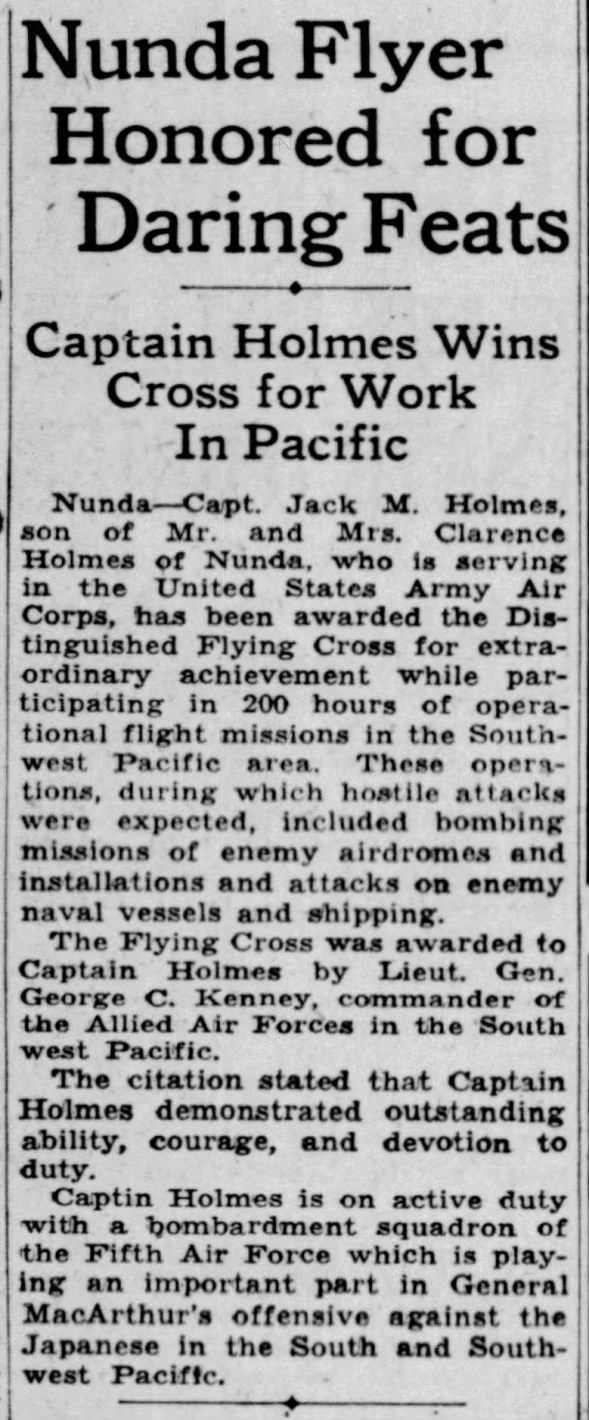
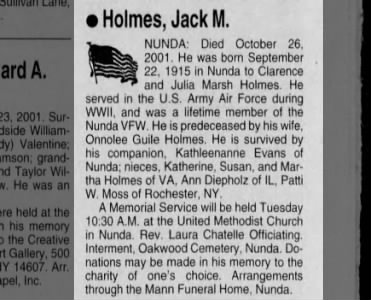

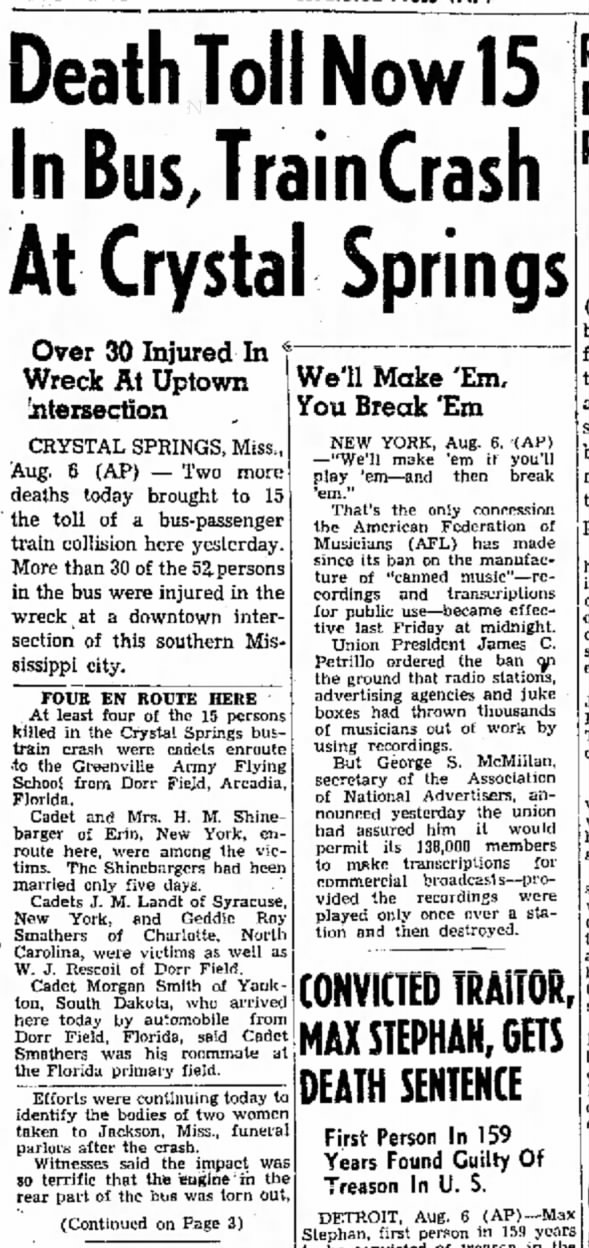
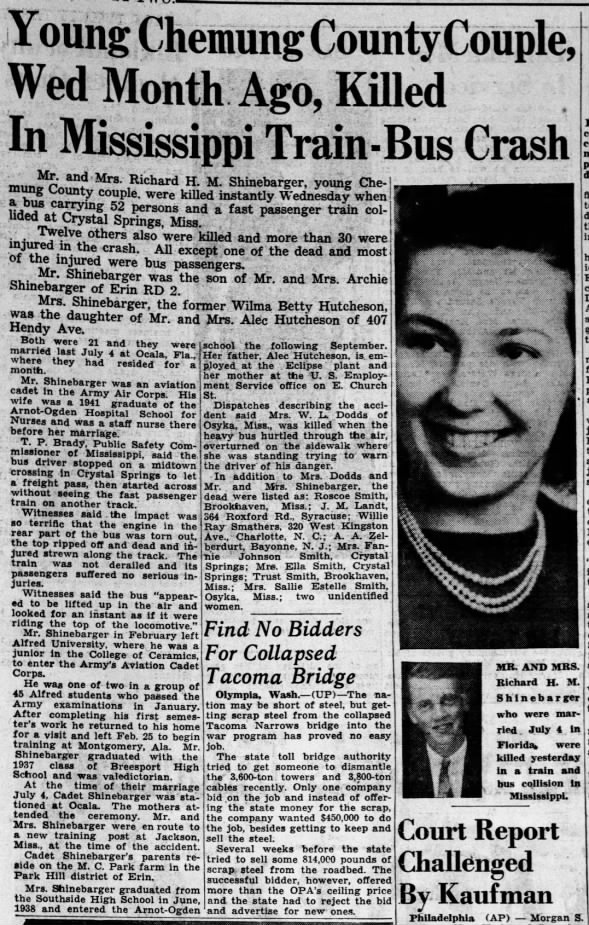
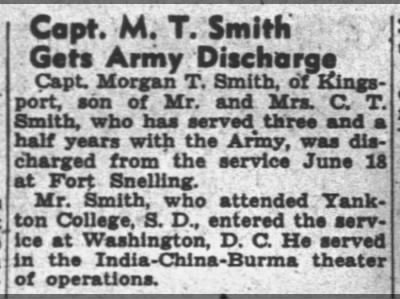
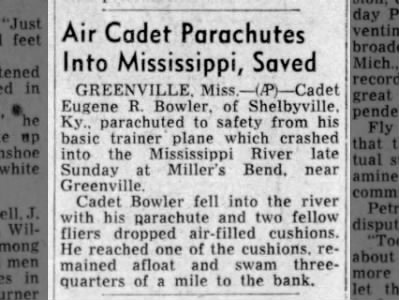
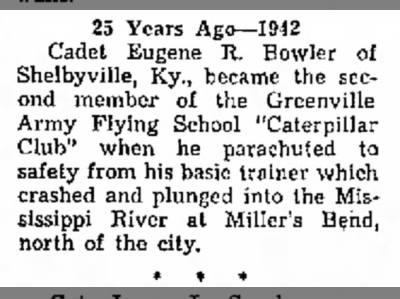
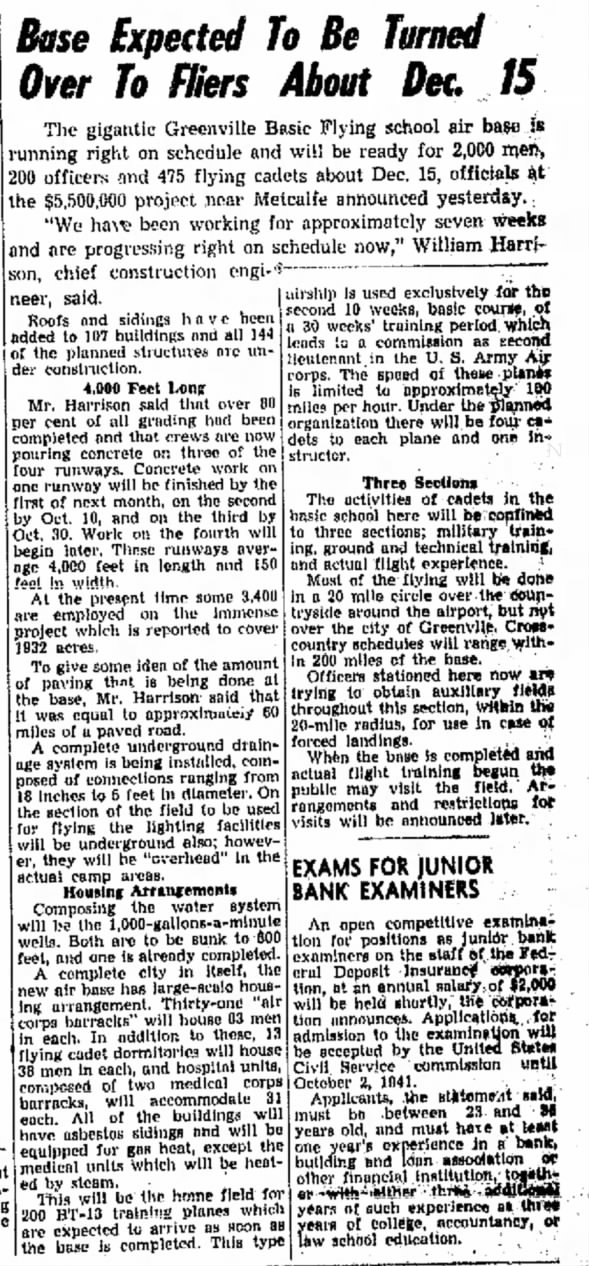
 RSS Feed
RSS Feed